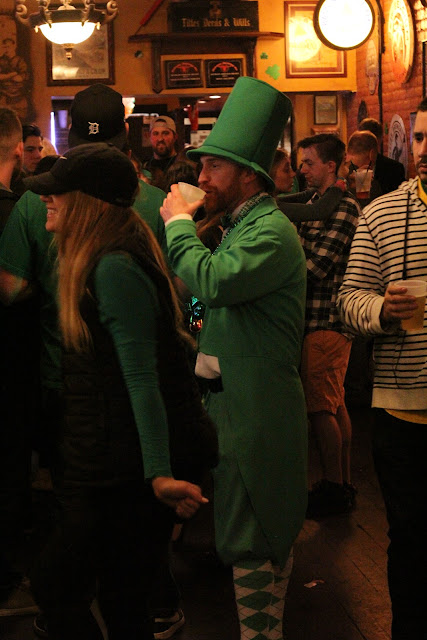What’s the difference
between lobbying and PR?
First,
let’s define lobbying: It’s the act of trying to promote an organization’s
agenda to the people making the decisions, which are usually representatives or
associates within the government, to produce an influence on a specific reform.
This term seems to be almost always applied toward politics and public policymaking,
but if it is used in corporate business settings, then it is called government relations.
Any single person who
tries to change or manipulate a public policy can be considered a lobbyists,
but that term is usually applied to individuals employed solely to influence
government officials. These professionals are usually referred to as advocacy
or public affairs professionals, but it’s still public relations.
So,
what’s the big difference between lobbyists and public relations? Public
relations professionals do not have to disclose their activities to the public,
lobbyists on the other hand have to make it public knowledge.
Who employs lobbyists?
The
largest employers of lobbyist professionals are:
1.
Special interest groups
2.
Trade associations
3.
Corporations
4.
Unions
5.
Government relations firms
6.
Public relations firms
A
large majority of lobbyist professionals are employed by public relations
firms, but the practice of lobbying was not discussed in my public relations curriculum.
Is this because it was just overlooked, or is it PR’s dirty, little secret?
Maybe the terminology is the real issue; PR professionals tend to distance
themselves from the word “manipulate” and focus more on the concept of
persuasion.
Personally,
I don’t see what there is to be ashamed of; lobbyists work for highly respected
and regulated fields such as health care, the communication industry and
natural resource development.
The two forms of lobbying
Lobbying
can be further broken down into two different sub-categories:
1.
Direct lobbying—the organization’s lobbyists contact the government
official or decision maker directly.
2.
Indirect lobbying—the organization and the lobbyists use communication
resources, often the mass media, to shape, encourage, or enlist public opinion in
order for the public to influence the government’s priorities or policies.
So
lobbyists utilize mass media to shape public opinion and influence
policymakers? That sounds a lot like agenda setting theory to me, and this is a
concept that PR professionals are very familiar with.
Why have PR scholars
ignored lobbying?
Lobbying
is an important career in communication and government that uses many aspects
of public relations. Lobbying can have a huge impact upon an organizations
reputation, but many public relations scholars ignore its importance.
 It might have
something to do with the lobbying’s past ethical dilemmas. In 2006, Jack
Abramoff, plead guilty to fraud and conspiracy to bribe public officials. He
was also a former lobbyist, and his actions were highlighted extensively by the
media in the U.S.
It might have
something to do with the lobbying’s past ethical dilemmas. In 2006, Jack
Abramoff, plead guilty to fraud and conspiracy to bribe public officials. He
was also a former lobbyist, and his actions were highlighted extensively by the
media in the U.S.
Unfortunately, Abramoff’s case inspired media outlets like
the New York Times to conduct public opinion polls on the matter. More than
half of the people polled believed the job of a lobbyist is to bribe members of
congress, provide organizations unfair advantages and buy government influence.
Why should PR
graduates consider lobbying as a potential career?
I
believe that public relations professionals and new graduates should consider
lobbying as a future career opportunity because they have the necessary skills
for the job.
 We do not use propaganda,
but instead influence the public opinion. We do not believe in manipulation,
but instead practice the art of persuasion. We do not “spin” facts but instead
try to get worthy clients some public attention. We practice relations with the
public, and it’s as simple as that.
We do not use propaganda,
but instead influence the public opinion. We do not believe in manipulation,
but instead practice the art of persuasion. We do not “spin” facts but instead
try to get worthy clients some public attention. We practice relations with the
public, and it’s as simple as that.
We
learn the Public Relations Society of America’s (PRSA) Code of Ethics at the
very start of the public relations academic program, and every student must adhere
to ethical values such as honesty, loyalty, transparency, fairness and integrity.
We must be an advocate for our client, company, or product when communicating
with the public.
Lobbyists
are advocates too, but they just represent a certain side of an issue. Lobbying
has an ethical standard that involves fairness, transparency and working
towards the common good. Lobbying professionals must adhere to these ethical standards
while working with policymakers, and the job provides the opportunity to
influence political agendas.
We’re
not that different from one another.










